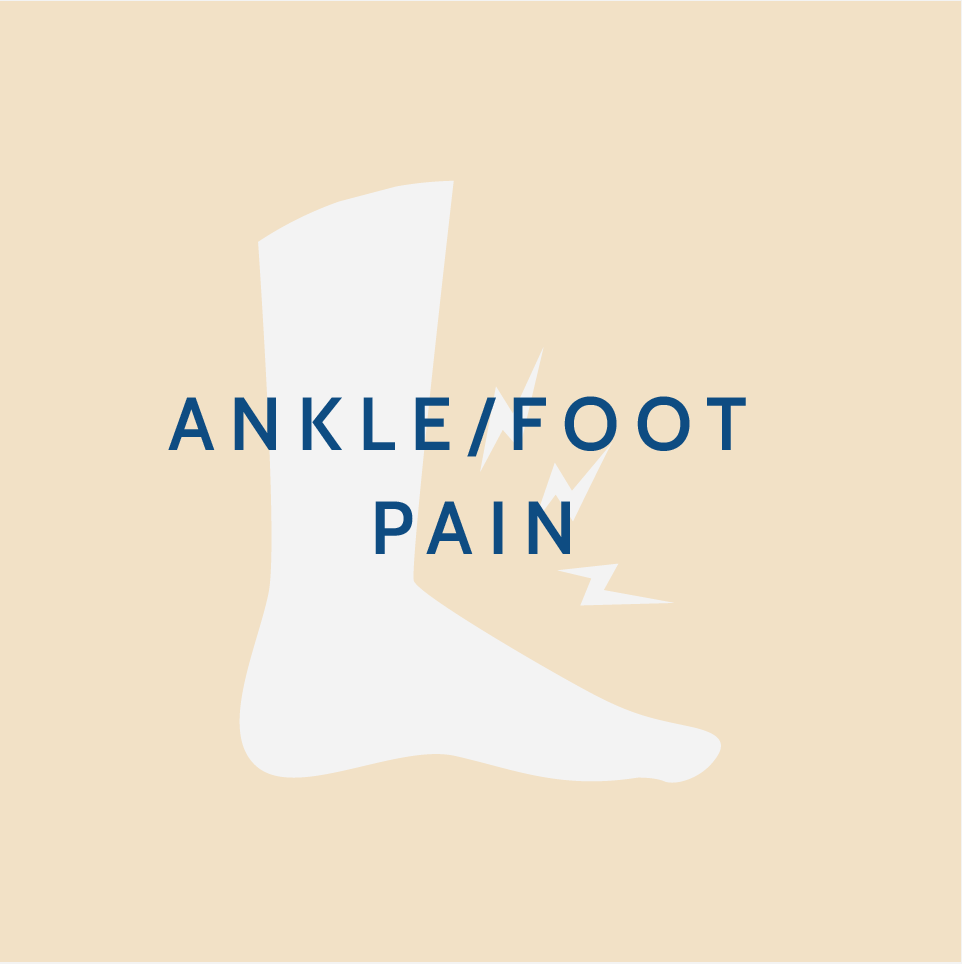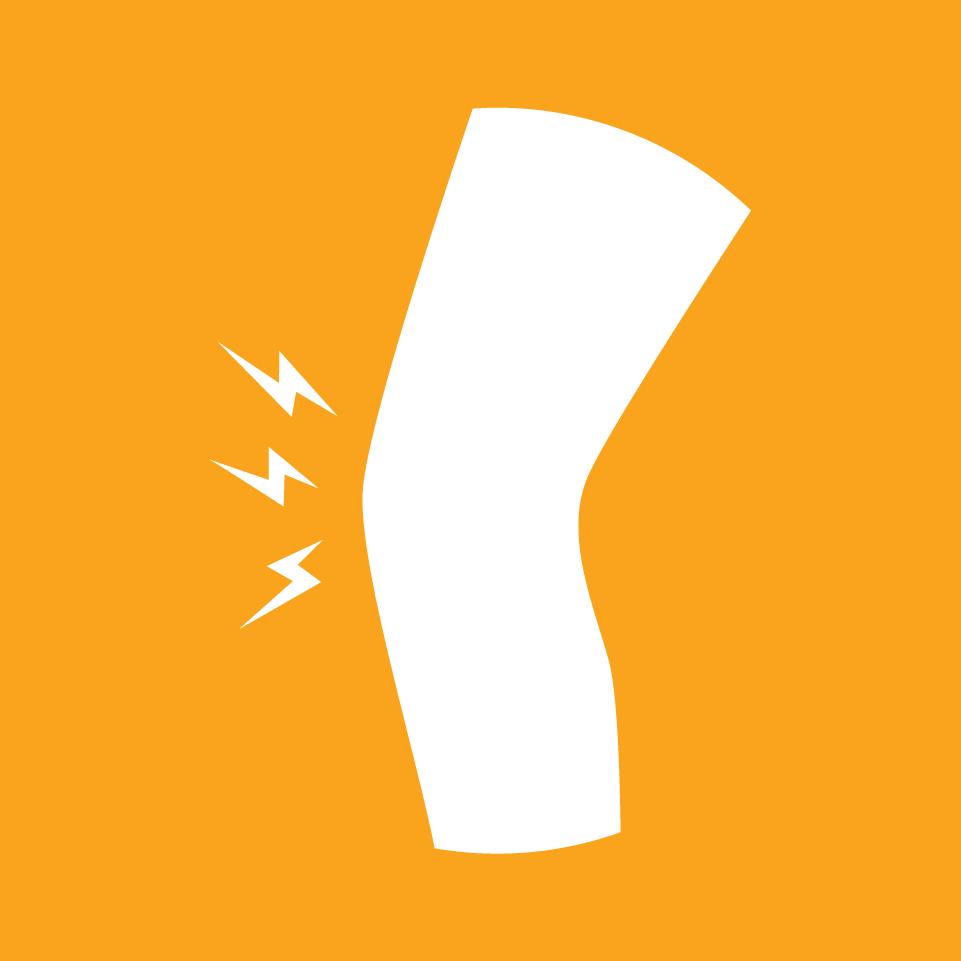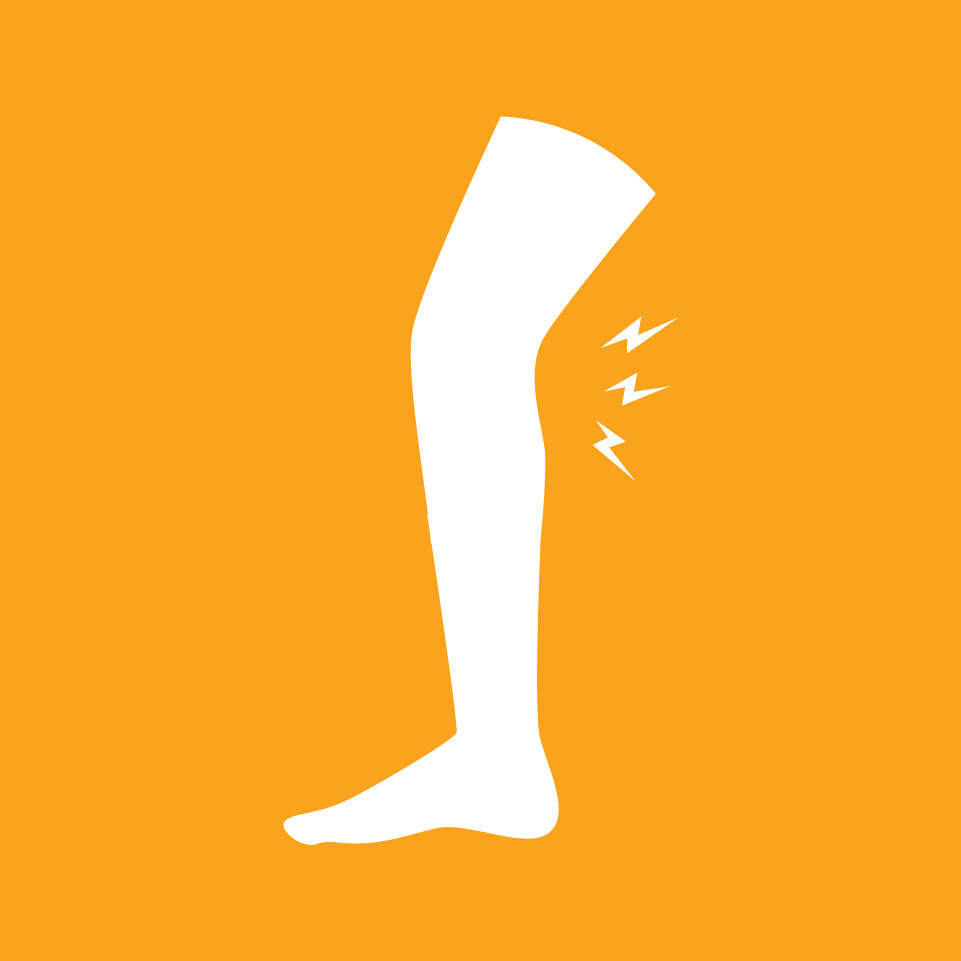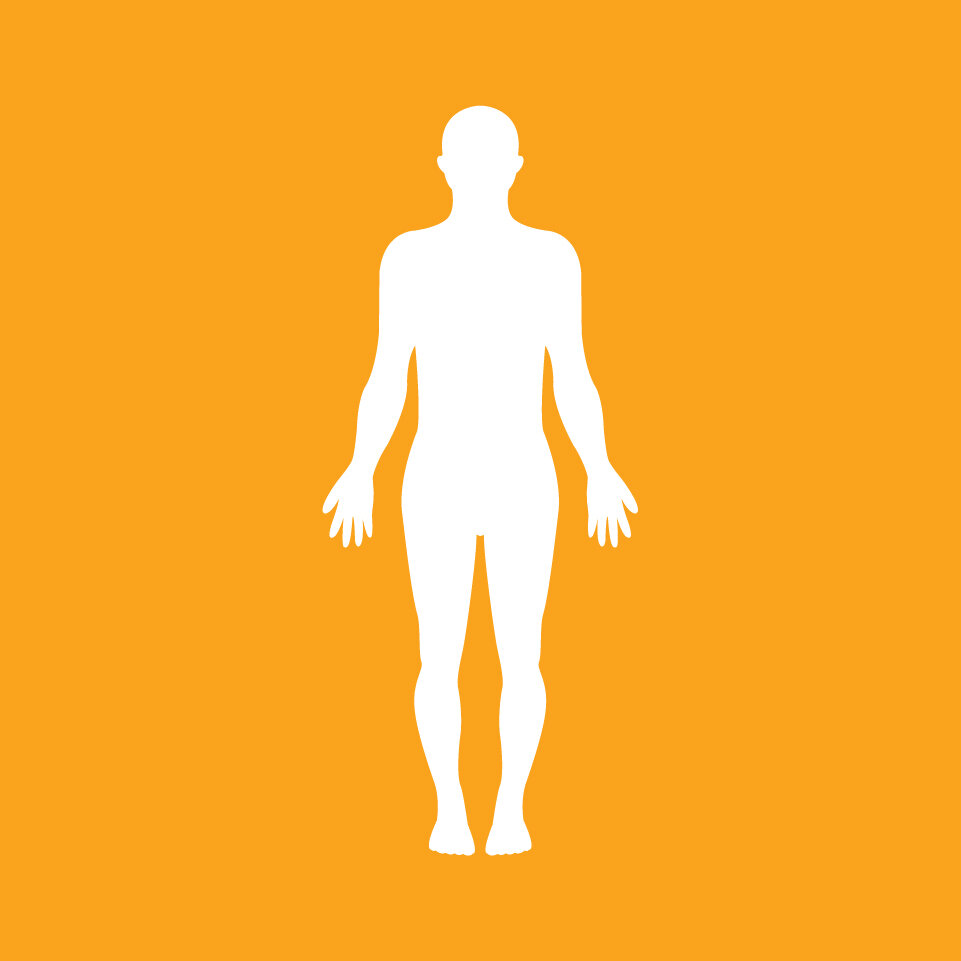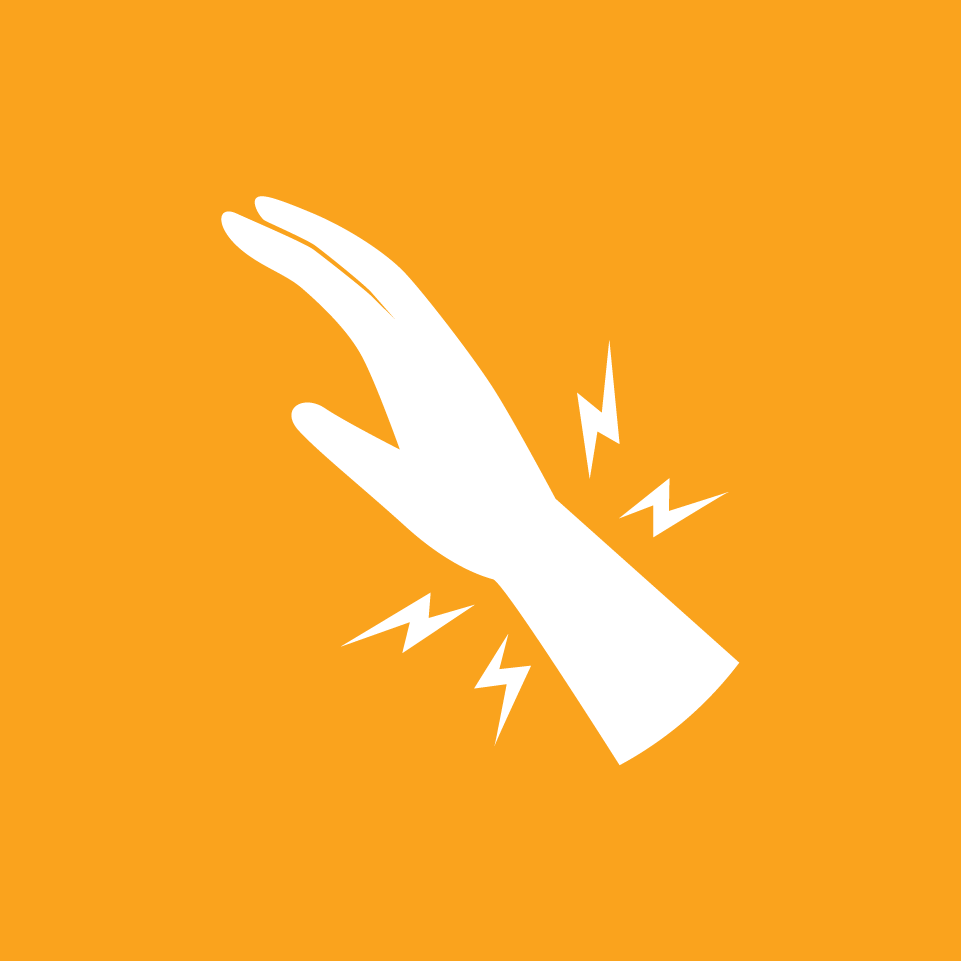Why does my ankle hurt?
The most common cause of ankle pain is due to an ankle sprain or strain. Arthritis, tendonitis, and stress fractures are also common in the foot or ankle and can be exacerbated by new or an excessive activity, or even a new pair of shoes.
Physical therapy helps to identify reasons for ankle dysfunction or pain, and helps to regain strength and range of motion, decrease swelling, and reduce pain, ultimately helping patient return to normal activity and sport. It is important that the entire leg be evaluated with foot and ankle problems, as core or leg weakness or poor balance can contribute to the onset of injury or pain.
Symptoms of ankle dysfunction can include: Swelling, pain at rest or with movement, tenderness, throbbing, weakness, stiffness, heat, redness, instability, bruising, and an inability to bear weight on the ankle.
Possible Diagnoses for ankle pain:
Sprained/Strained ankle:
When the foot exceeds its normal range of motion an ankle sprain or strain can occur as a result, and the ligaments in the ankle joint stretch or tear. Ankle pain and sprains are very common, especially for athletes or for someone who has weak ankles or poor balance and
The most common ankle sprain occurs to the lateral (outer) side of the ankle; however, medial (inner) side sprains can happen, as well. Many people suffer subsequent ankle sprains after their initial injury to the area. The chance of re-injuring the same area with a second or third ankle sprain can be reduced with the appropriate physical therapy after the initial incident.
Broken Ankle/Foot
Broken ankles are usually caused by a rotational injury, where the ankle becomes twisted, turned or rolled while walking or running, such as during sports activity. But they can also be caused by a high-force impact, such as from a fall or an automobile collision.
Achilles Tendon Rupture:
Achilles tendon ruptures most commonly occur in athletic individuals in their 30s to 50s. The rupture of the tendon occurs with sudden application of force and X-rays will reveal the ankle bones to be normal, therefore clinical exam is important. The Achilles is the largest and strongest tendon in the body. It is subject to 2-3 times body weight during normal walking and 6 times body weight or more with running and jumping activities. Achilles tendon ruptures can be successfully treated non-operatively, or operatively with many studies suggesting that non-surgical and surgical treatment of Achilles tendon ruptures produce equivalent results. Patients treated surgically can expect a more rapid return to a pre-injury level of activity and a lower rate of re-rupture with therapy intervention after surgery.
Bursitis and/or Tendonitis:
Bursas are small, fluid-filled sacs that form cushions between your bones and other body parts like muscles, tendons or skin. When a bursa becomes injured or inflamed, it is called bursitis. Bursitis can cause muscle deterioration and limited movement in your ankles or feet.
Tendonitis and bursitis can cause swelling and inflammation in joints that are injured or overused. Overuse, strain and frequent, repetitive motion may cause bursitis and tendonitis. However, in some cases, infection, sudden injury or abnormal foot structure may also be the cause. Some common foot structure issues are: High Arches, Flat Feet.
Physical Therapy is an important aspect of treating tendonitis so you can understand what needs to be stretched, strengthened, rested, etc, as for a better understanding of what activity or positioning may have contributed to the condition.
Arthritis:
Although there are several versions of arthritis listed below, symptoms of foot and ankle arthritis often include:
Tenderness when you touch or move the joint
Trouble moving, walking, or putting weight on it due to pain
Joint stiffness, warmth, or swelling
An increase in pain and swelling after you rest, such as sitting or sleeping
Osteoarthritis
Also known as "wear-and-tear" arthritis, is the most common type and be be referred to as degenerative joint disease or age-related arthritis. Osteoarthritis usually causes changes over many years. The foot and ankle joints where it’s most common are:
The three joints involving your heel bone, your inner mid-foot bone, and your outer mid-foot bone
The joint of your big toe and foot bone
The joint where your ankle and shinbone meet
Rheumatoid Arthritis
RA is one of the most serious forms. It’s an autoimmune disease in which your immune system attacks the joint. It usually happens in the same joint on both sides of your body.
Gout
A buildup of uric acid from your diet. It’s most common in your big toe because it’s the farthest body part from your heart.
Psoriatic Arthritis
This type of arthritis can happen in one or more joints, including your ankles and the ends of your toes. It may also cause toe swelling called dactylitis.
Post-Traumatic Arthritis
happens after an injury, especially a dislocation or bone fracture. You might not notice problems for years.
Stress Reaction or Fracture
A bone in the foot or ankle can also break (fracture) or become less dense and more inflamed (reaction) due to repetitive stress or impact over time. These injuries are called stress reactions or fractures.
Plantar Fasciitis
This condition causes chronic pain in the bottom of your heel foot. While it may feel like inflammation, it is associated with a degenerative problem involving the tissue that connects your toes to your heel bone. Occurring often in runners or those on their feet a lot, also flat feet, high arches, and excessive weight can contribute to the condition.
A thorough evaluation from a physical therapist plus ice, rest, supportive shoes are just the beginning to understanding and treating plantar fasciitis.




